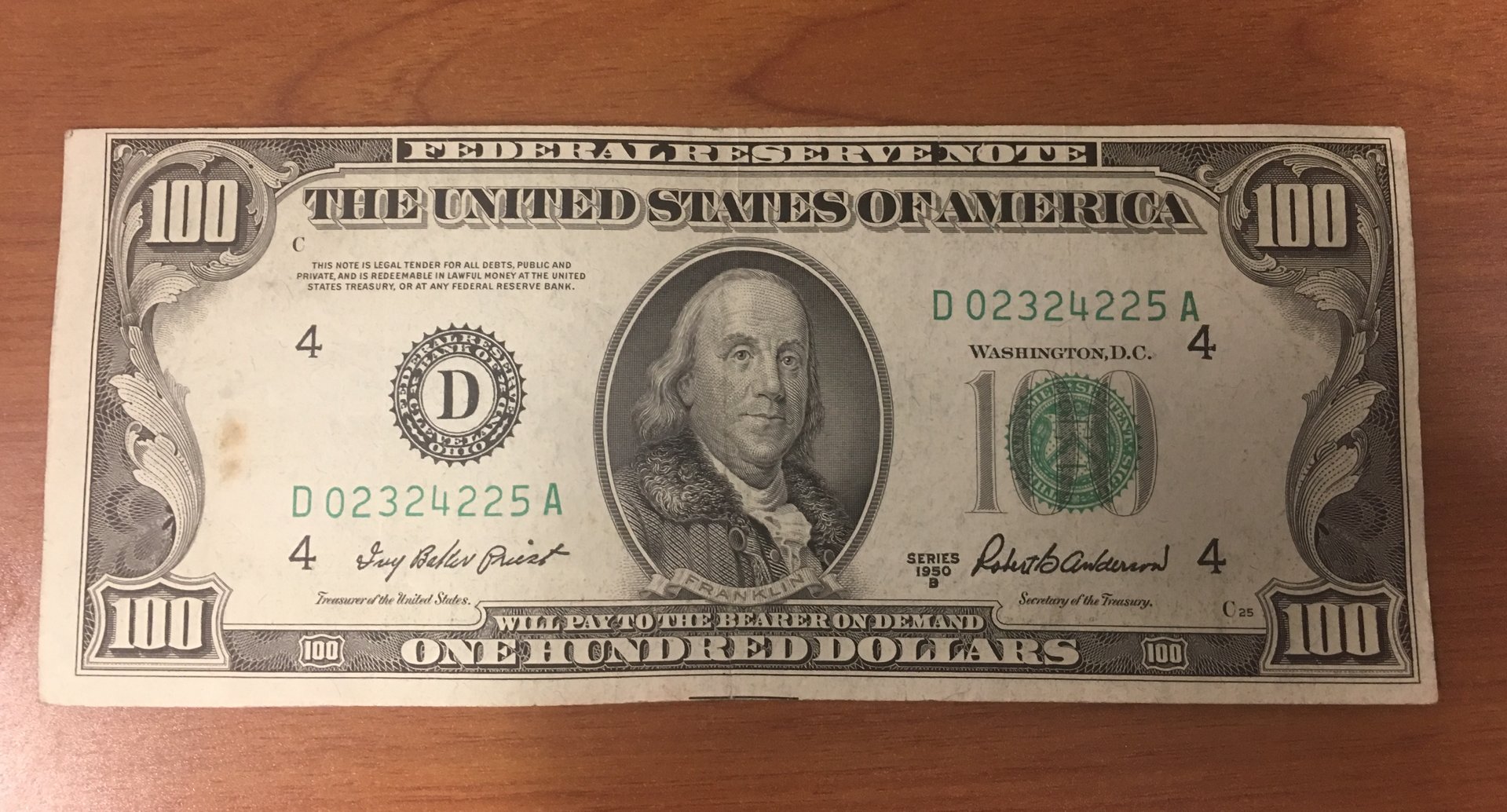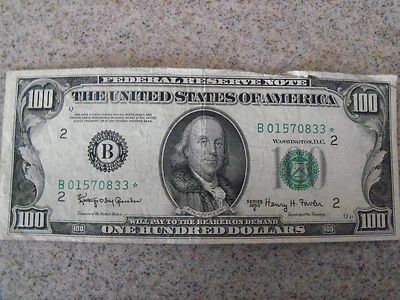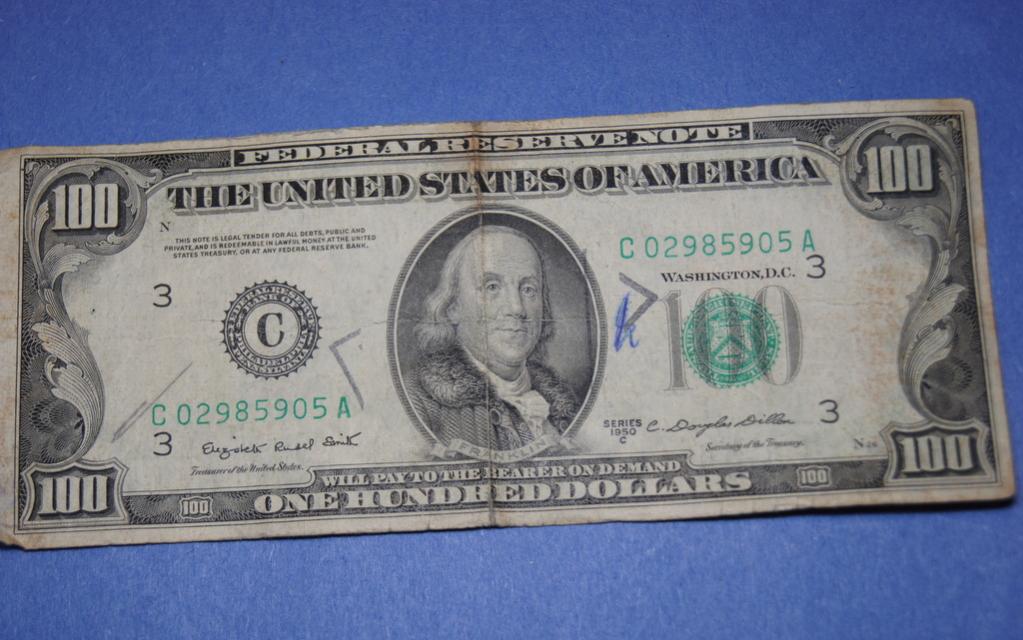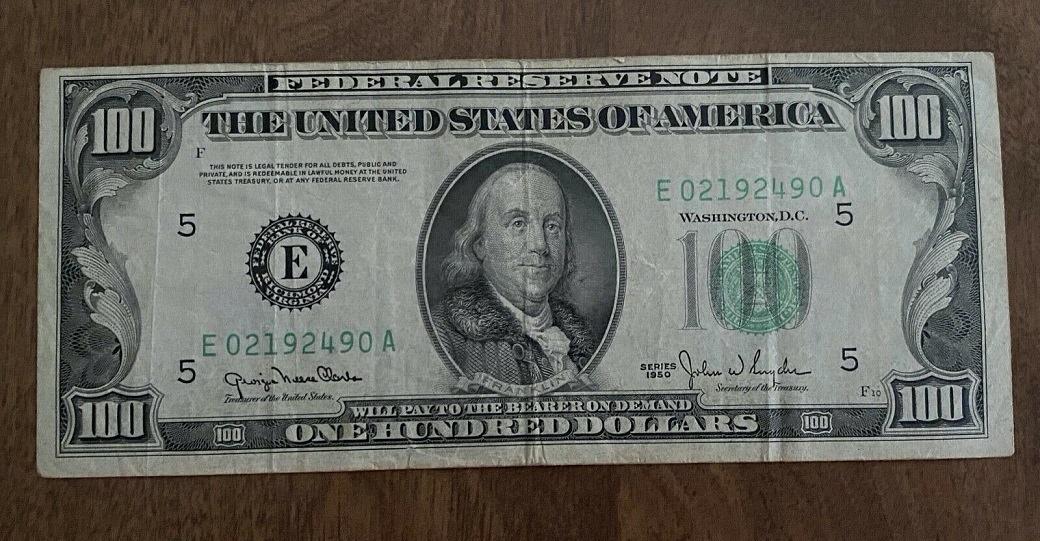The 1950 100 dollar bill has long been a point of intrigue for collectors, investors, and currency enthusiasts. With its historic design and distinct features, this particular currency note holds significant value—depending on its condition, series, and other unique characteristics.
If you’ve stumbled upon a 1950 $100 bill and are wondering about its worth, this article is designed to guide you through the process of understanding its value, including how the bill’s age, rarity, and condition affect its price.
What Makes The 1950 100 Dollar Bill Special?
The 1950 $100 bill belongs to a series of banknotes issued by the United States following World War II. The redesigned $100 bill featured a portrait of Benjamin Franklin, replacing the previous design that showed a larger portrait of Franklin along with other elements like Independence Hall on the reverse side.
A defining feature of this series was its introduction of security elements that were a step forward in preventing counterfeiting.

These security upgrades made the bill more durable and harder to forge, ultimately helping it gain recognition in the world of paper money collectors.
The 1950 $100 bill, while a common sight in its day, has become a valuable item for those interested in historical U.S. currency.
However, the worth of these bills has fluctuated depending on factors such as condition, rarity, and whether the bill is a star note or has any printing errors.
The History Of The 1950 $100 Bill Series
The 1950 $100 bill was part of a broader currency redesign effort that took place during the post-war period. Issued by the Federal Reserve, these one hundred dollar bills have several series, including 1950, 1950A, 1950B, 1950C, 1950D, and 1950E, each with slightly different features.
Although millions of these bills were printed, it’s important to note that star notes—bills used as replacements for defective notes—are rarer and often worth more than their counterparts.
Collectors are particularly drawn to star notes because they are seen as an anomaly or error in the printing process.
Each series of the $100 bill has distinct characteristics, including variations in the security features, which make them unique for collectors.
Over time, these details, coupled with the growing interest in rare currencies, have helped the 1950 $100 bill maintain its value and historical importance.
How Much Is A 1950 $100 Bill Worth?
The 1950 $100 bill is not always worth more than its face value, especially if it’s in average or worn condition. In fact, most of these bills will only fetch between $105 and $110 if they’re in decent shape. However, several key factors can influence the value of your bill, making it possible for some to be worth much more than their nominal value.

Here’s a breakdown of what impacts the price:
Series and Condition
The condition of the 1950 $100 bill is one of the most significant determinants of its worth. As with most currency, bills that are in extremely fine or uncirculated condition are generally valued higher than those that are heavily worn. For example:
- 1950 series notes are typically valued at $150 in extremely fine condition and $260 in MS 63 uncirculated condition.
- 1950A series bills are valued at $125 in extremely fine condition and $225 for MS 63 uncirculated notes.
- Later series like 1950E can be worth significantly more, with uncirculated bills fetching prices as high as $300 or more.
Star Notes
If your $100 bill is a star note, it could be worth considerably more. These notes are printed as replacements for defective bills and are generally much rarer than standard notes. For example:
- A 1950 series $100 star note in extremely fine condition can be worth around $300, while a star note in MS 63 uncirculated condition could fetch between $825 and $975.
- The 1950A and 1950B series star notes can be worth up to $500 or more, depending on their condition.
Printing Errors
Another factor that can increase the value of your one hundred dollar bill is if it has a printing error. A misprinted $100 bill could be a unique piece of currency that interests collectors looking for errors or anomalies.
If your bill has a printing defect or an unusual feature, such as an inverted serial number or a mismatched color, it could increase its value. While errors are rare, they can significantly boost the price of your 1950 $100 bill in the market.
The Grading System for the 1950 $100 Bill
When evaluating a 1950 $100 bill, collectors often rely on a grading system to determine the bill’s overall quality and value.

The grades range from “Very Fine” to “Uncirculated.” Here’s a quick overview:
- Very Fine (VF): This grade typically means the note is used but still in decent condition. It may have some folds, creases, or light staining but is still relatively crisp.
- Extremely Fine (EF): A bill in this category will have only minor signs of wear and tear, such as light creases. It will appear almost brand new.
- MS 63 Uncirculated: This grade indicates that the bill has never been in circulation. It will be crisp, clean, and free of any visible damage.
Factors Influencing The Grade
Several factors affect the grade of your $100 bill. These include:
- Creases and Folds: The more creases or folds the bill has, the lower its grade will be.
- Stains and Discoloration: Any noticeable stains or discoloration will lower the bill’s value.
- Tears and Holes: Even small tears can significantly decrease the bill’s value.
- Centering: A bill with uneven centering can lower its grade, especially if the design or serial number is off-center.
Security Features Of The 1950 $100 Bill
To understand the 1950 $100 bill, it’s essential to recognize its security features. These features were included to prevent counterfeiting and enhance the bill’s authenticity. They include:
- Watermark: When held to the light, a watermark of Benjamin Franklin appears on the right side of the bill.
- Security Thread: A vertical security thread embedded in the paper glows pink under UV light.
- Microprinting: Tiny, almost imperceptible printing appears throughout the bill.
- Color-Shifting Ink: The numeral “100” changes color from green to copper when tilted.
These security features are present in every 1950 $100 bill and help confirm that the bill is legitimate.
The Appeal Of Collecting The 1950 $100 Bill
For collectors, the 1950 $100 bill offers a unique opportunity to own a piece of American history. The combination of the bill’s historical significance, intricate design, and potential for rarity due to star notes or printing errors makes it a valuable addition to any currency collection.
Additionally, collectors are drawn to the 1950 series $100 bill because it represents a pivotal moment in U.S. currency history. The redesign introduced enhanced security features that would serve as the basis for future currency bills, marking it as a symbol of post-war economic growth and innovation.
Conclusion
The 1950 100 dollar bill is a fascinating piece of U.S. currency history that holds varying degrees of value depending on its series, condition, and rarity. While most 100 dollar bills from this era are worth only slightly more than face value, special features such as star notes, low serial numbers, and printing errors can significantly increase their worth.
If you’ve come across a 1950 $100 bill, consider its condition, series, and potential errors to determine its true value. Looking to add it to your collection or simply curious about its worth, the 1950 100 dollar bill remains a prized artifact for those interested in the world of paper money.

